RGBW is the bomb. Do you hate the limitations of regular RGB lighting? By adding a white diode to the RGB LED, not only do you get more brightness and better color accuracy, but you can also do some really cool things with lighting. Find out how adding white to RGB can change the way you think about lighting.
RGBW lighting combines red, green, blue, and white LEDs to give you a ton of colors and make your whites more natural. It works great when you need true white light. Think commercial, galleries, or your house. It’s also excellent for transitioning colors smoothly and making soft pastel colors. That makes it great for architectural lighting, stage effects, event decor, and ambient lighting in a million different places. It’s versatile and looks good, so it’s a popular choice for all kinds of lighting.
Stay tuned to learn more about RGBW lighting, the advantages it offers, and the cool stuff you can do with it.
Table of Contents
What is RGBW Lighting?
RGBW lighting refers to a type of LED lighting technology that combines four color channels: red (R), green (G), blue (B), and white (W). This setup allows for a wide range of color possibilities, making RGBW lights highly versatile for both decorative and functional applications. The addition of the white LED in RGBW systems is a key feature that distinguishes them from standard RGB lighting, which only includes red, green, and blue.
The white LED in RGBW lights is brighter and makes your whites look more natural. This is great when you need white light, like in commercial spaces, galleries, or your house. It also makes the transitions between colors smoother and gives you more pastel and soft tones to choose from. People use RGBW lights for architectural lighting, stage effects, event décor, and ambient lighting in their homes or businesses. They are versatile and look good, so they are popular for all kinds of lighting.
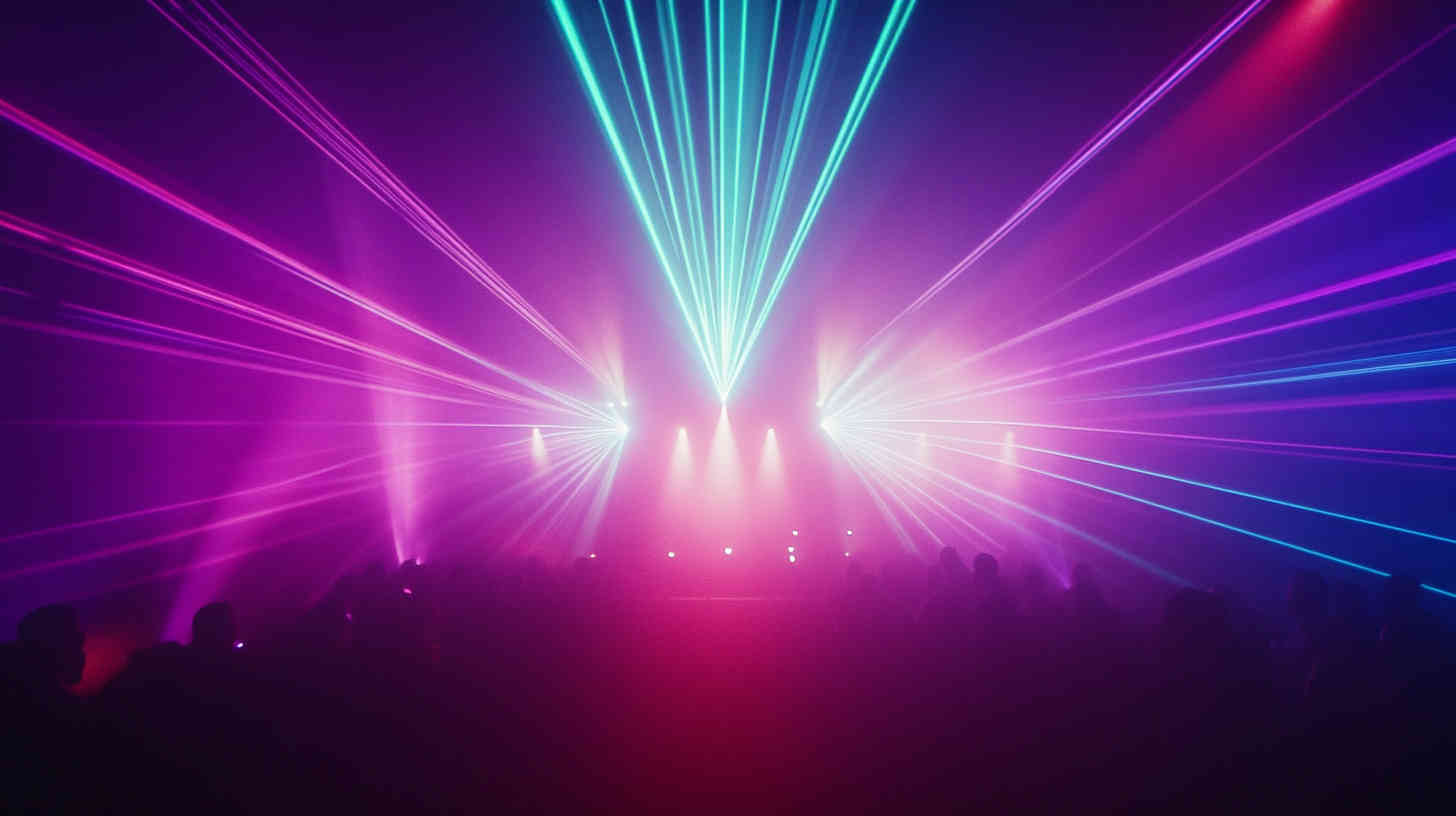
How Does RGBW LED Work?
RGBW LED lights work by combining four different LED chips—red, green, blue, and white—into a single light fixture or bulb. Each chip makes its color of light, and you can mix those colors in different amounts to get the color you want, including white. You can adjust how much of each color is on or off using a built-in driver or an external controller.
The white LED in an RGBW system is a big deal. With regular RGB lighting, you can try to make white by mixing red, green, and blue at full blast, but it looks weird or not quite right. The white LED in an RGBW system makes really good, clean, white light. It’s perfect when you need to see and have colors. An added bonus is that you can mix the white channel with the RGB colors and make pastel colors.
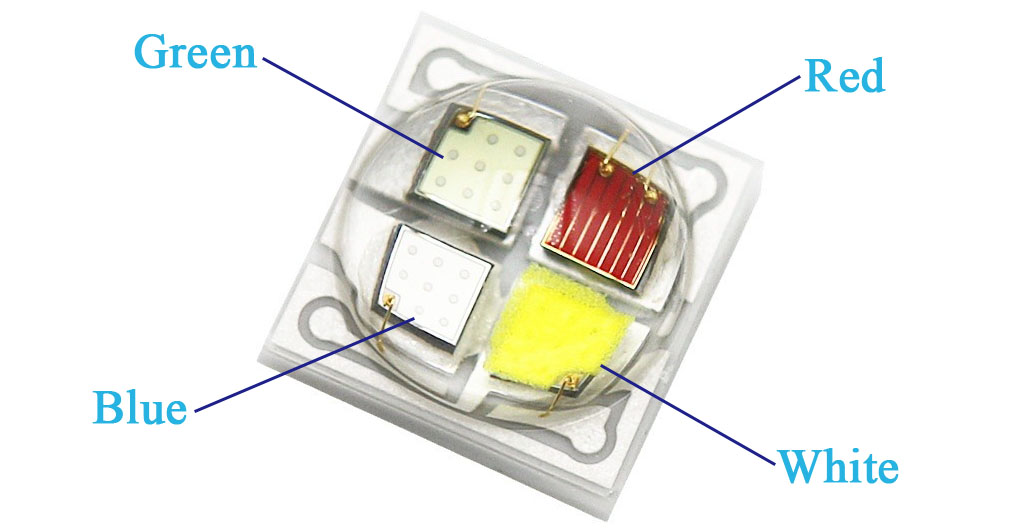
RGBW LED Lights Working
You can control RGBW lights with a remote control, a wall panel, or a smart app. You can pick the color you want, make it brighter or darker, and do cool things like have it fade in and out or flash. This makes RGBW lights useful for all kinds of stuff, like mood lighting in your house or fancy displays in your business or at an event.
RGB vs. RGBW: Key Differences
Should you choose RGB or RGBW LED lights? You first need to understand the differences between the two and how they work. Both are designed to create cool lighting effects, but RGBW has an advantage in certain situations because of the white LED. Here’s the breakdown.
1. Color Range
- RGB (Red, Green, Blue): Combines three primary colors to produce millions of color options. However, it struggles to create true white light, often resulting in a slightly bluish or tinted white.
- RGBW (Red, Green, Blue, White) :Adds a dedicated white chip to the RGB mix, enabling not only the full spectrum of RGB colors but also a pure, accurate white. This addition allows RGBW to create softer pastel tones and a wider range of subtle shades.

RGB vs RGBW
2. Brightness and White Light
- RGB : Relies on mixing red, green, and blue at full intensity to mimic white light, which is less bright and can feel unnatural.
- RGBW : Offers a significantly brighter and more natural white light thanks to the separate white channel.
3. Energy Efficiency
- RGB: Uses all three color chips simultaneously to create white light, which consumes more energy compared to RGBW.
- RGBW: Consumes less power when producing white light since only the white chip is activated.
4. Applications
- RGB: Best for decorative lighting where vibrant colors are the main focus, such as in stage lighting, signage, or party setups.
- RGBW :Ideal for spaces that need both colorful effects and functional white lighting, such as homes, offices, retail spaces, or architectural projects.
5. Cost
- RGB: Typically more affordable due to its simpler design.
- RGBW :Slightly more expensive because of the additional white chip and enhanced functionality.
So, there you have it. RGB is perfect for bright, colorful displays. RGBW gives you all that plus the ability to make great white light. Which one you use depends on what you’re trying to do.
| Feature | RGB (Red, Green, Blue) | RGBW (Red, Green, Blue, White) |
| Color Range | Produces millions of colors by mixing red, green, and blue. Struggles to create true white light. | Produces millions of colors and includes a dedicated white channel for pure white and pastel tones. |
| White Light Quality | Mimics white by combining red, green, and blue, resulting in a tinted or bluish white. | Delivers bright, natural, and accurate white light using the white LED chip. |
| Brightness | Lower brightness when producing white light due to RGB mixing. | Higher brightness for white light because of the dedicated white chip. |
| Energy Efficiency | Less efficient for white light, as all three RGB chips must be at full intensity. | More energy-efficient for white light, using only the white chip. |
| Applications | Ideal for vibrant and colorful lighting, such as stage effects, signs, and parties. | Suitable for both colorful effects and functional lighting in homes, offices, and architectural spaces. |
| Cost | More affordable due to a simpler design. | Slightly more expensive because of the added white LED and enhanced functionality. |
FAQs About RGBW LED Lighting
What can RGBW LEDs achieve that RGB LEDs Cannot?
RGBW LEDs can create colors and shades that RGB LEDs can’t, especially in the white range. With RGB LEDs, you mix colors to make white, and it looks like white with a blue tint. With RGBW LEDs, we add a white chip, and you get really good, clean white light. This is important if you need to see colors accurately or if you’re doing something like decorating the inside of a building.
How do RGBW LEDs work?
With RGBW, you get four diodes. You get red, green, blue, and white. You can use the white diode to mix a broader range of colors. By varying the intensity of each diode, you can create a ton of different colors, including pastels, which are hard to do with just RGB.

What is the difference between RGB and RGBW LED lights?
The difference between RGB and RGBW LEDs is that we add the white light chip to an RGB LED. That white light chip can make white light or be mixed with other colors to create softer colors and more accurate colors. With RGB, you mix the red, green, and blue together to make white light. But white light made by mixing red, green, and blue together isn’t accurate. RGBW gives you better color mixing so you can be more flexible and precise.
How do you control RGBW LED?
To control RGBW LEDs, you use a controller with inputs for the red, green, blue, and white channels. This lets you control how much of each color is on or off. Many systems come with remote controls, smartphone apps, or work with your smart home system, so you can use an easy interface to change the colors, make it brighter or darker, or make it do cool things.
How many wires for RGBW?
The thing to keep in mind with RGBW LEDs is that you need at least five wires to run them. You need one wire for each of the red, green, blue, and white channels, and then a common anode or cathode. This is how you can control each diode independently and do all the cool color mixing and stuff that people love about RGBW.
How to connect RGBW light?
When you hook up your RGBW light, you’ll need to make sure that the red wire goes to the red output on your LED controller, the green wire goes to the green output on your LED controller, the blue wire goes to the blue output on your LED controller, and the white wire goes to the white output on your LED controller. You’ll also need to hook up the common ground or common power wire. Make sure you follow the manufacturer’s instructions for your specific model. That way you don’t blow anything up, and it works like it’s supposed to.
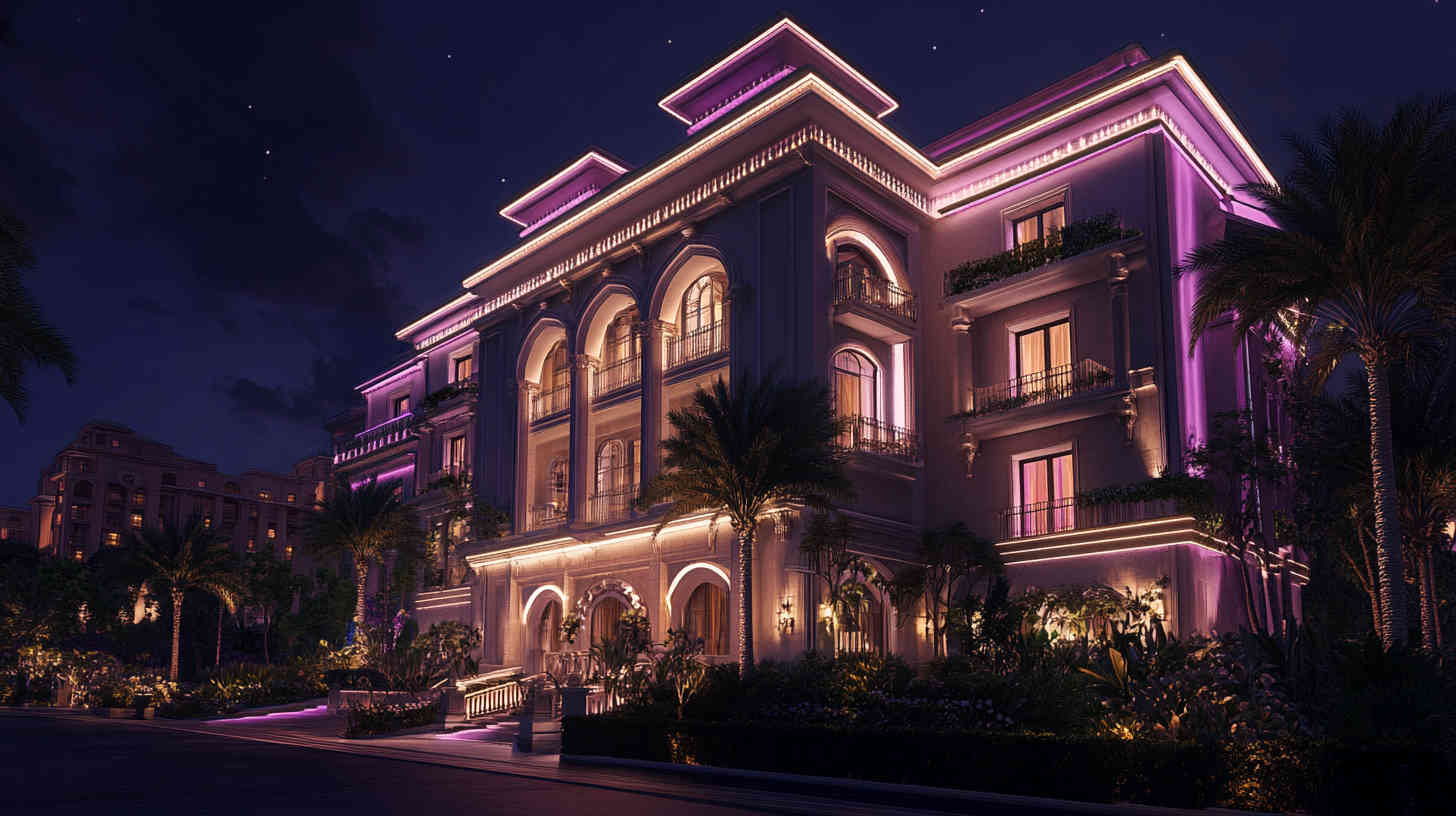
How many pins are required to control an RGB LED?
An RGB LED usually needs four pins to control it – one for red, one for green, one for blue, and one for the common cathode or anode. Those pins let you control each color channel independently so you can mix colors and do cool lighting effects.
How do you control the color of an RGB LED?
To control the color of an RGB LED, you adjust how bright the red, green, and blue diodes are. By changing the voltage to each diode, you can mix the primary colors to make every color in the rainbow. RGB LED controllers usually have sliders or dials for each color, so you can dial in the color you want.
Can I use RGB controller for RGBW?
Don’t use an RGB controller for RGBW LEDs. It doesn’t have an output for the white channel, and you need that to get white light and all the cool colors. Use an RGBW controller. It’s made for RGBW LEDs.
What are the RGBW colors?
RGBW colors are the full spectrum of colors created by the combination of red, green, and blue, plus white light. This gives you more colors to choose from, including warm white and cool white, and all kinds of other colors you can’t get with regular RGB.
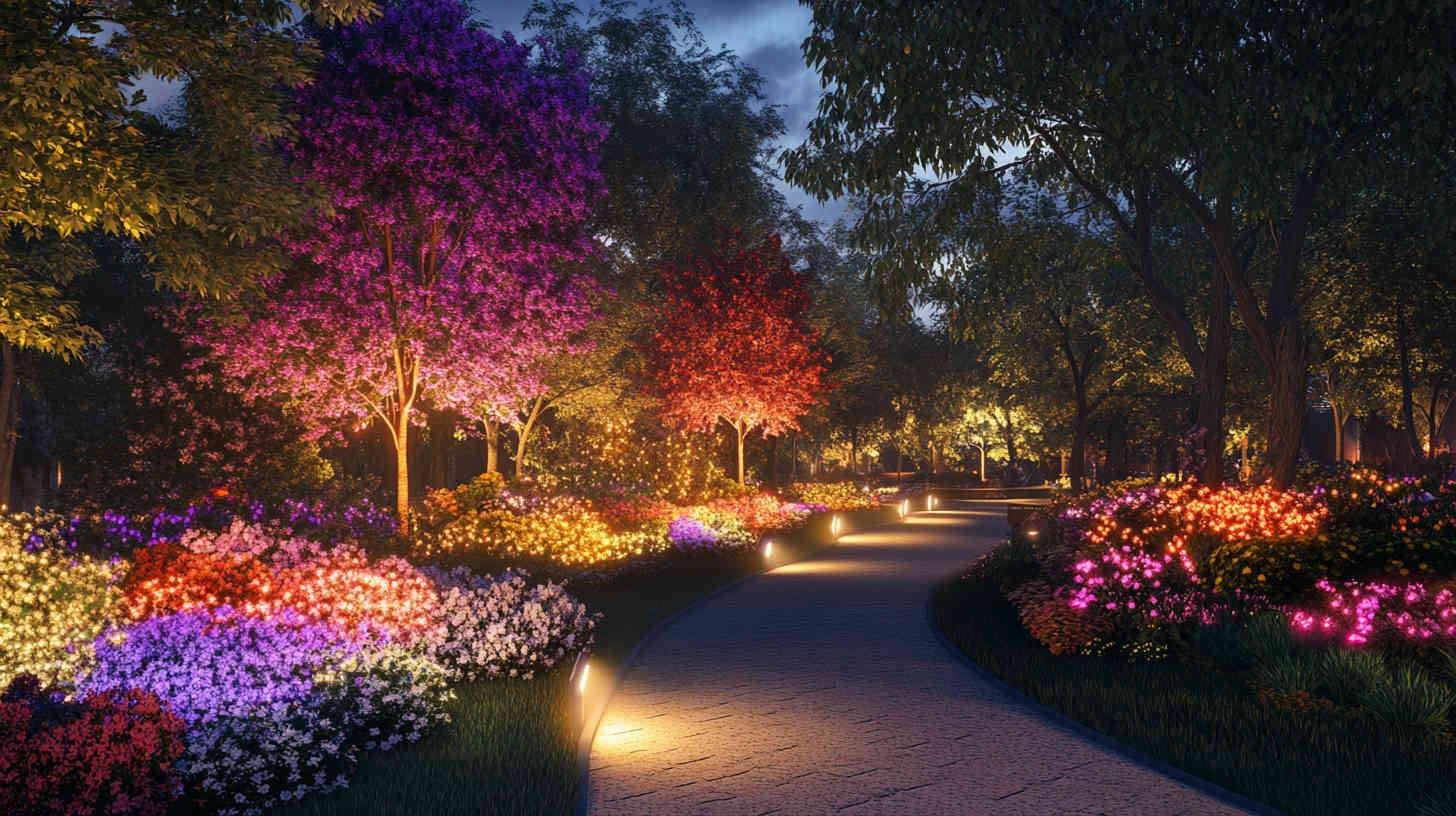
Conclusions
In summary, RGBW lighting extends beyond the capabilities of standard RGB by including a white chip that enhances both color quality and versatility. Ideal for scenarios requiring precise color control and customization, RGBW lighting solutions offer significant advancements in both home and commercial settings. Consider upgrading to RGBW to experience the full potential of modern LED technology.
If you need help with RGBW LED lighting or have questions, please feel free to reach out to us directly. Our team of lighting experts is here to help.
Request A Free Quote Now!
Send us a message if you have any questions or request a quote. We will get back to you ASAP!



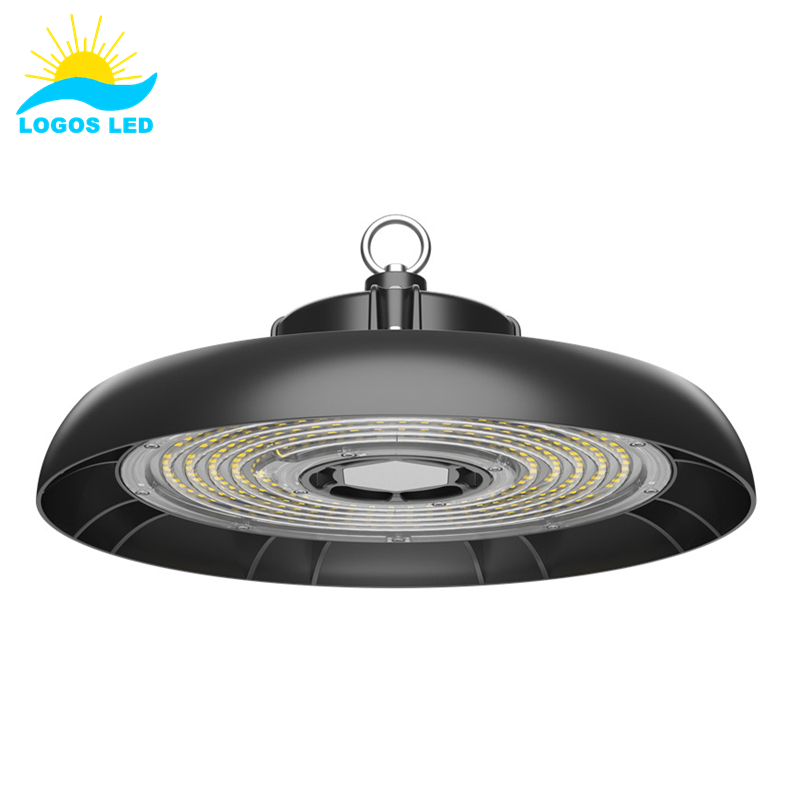

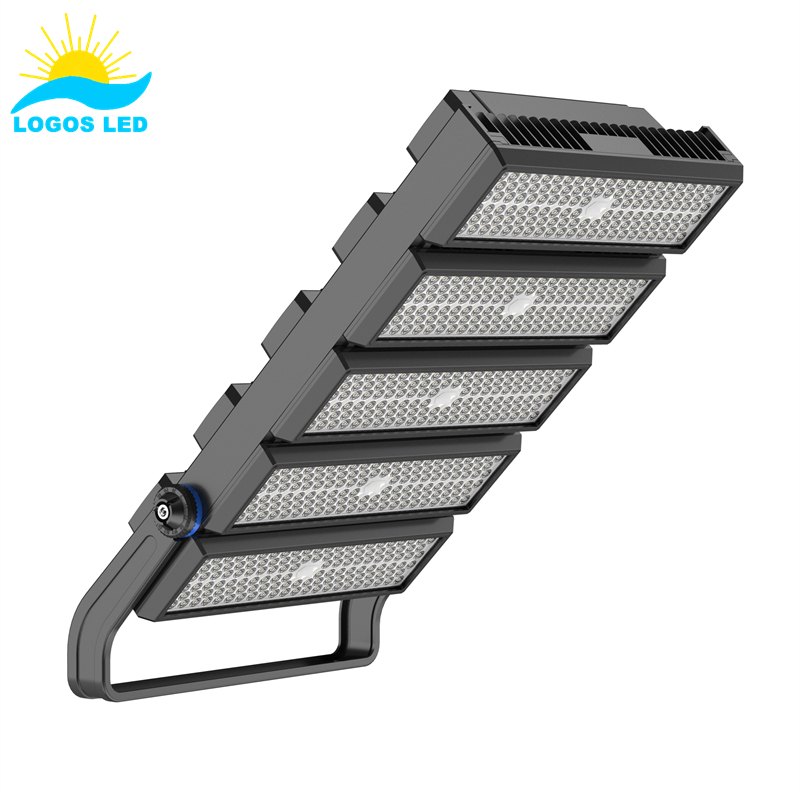
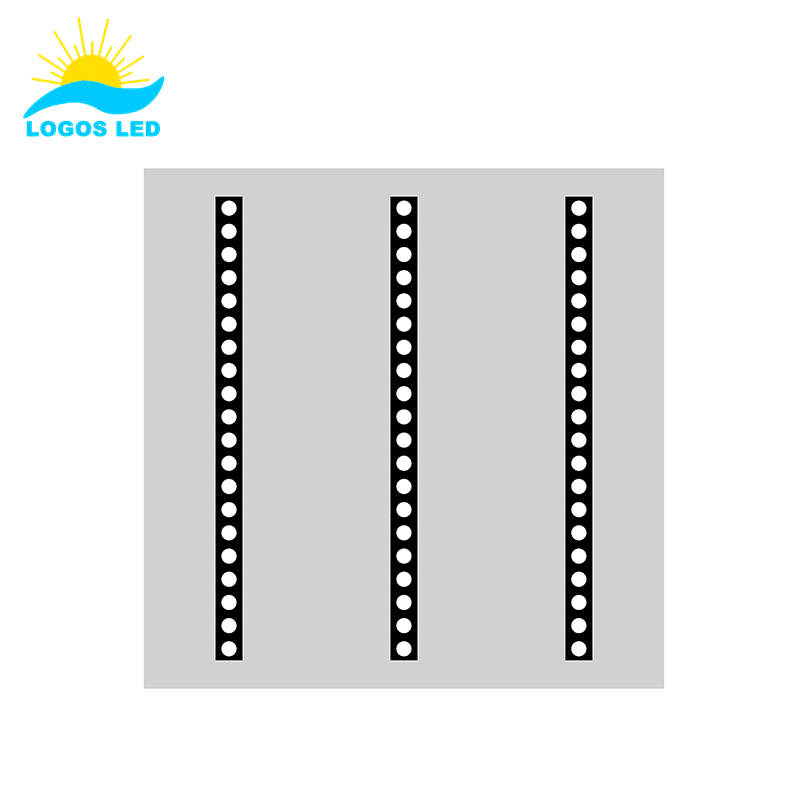
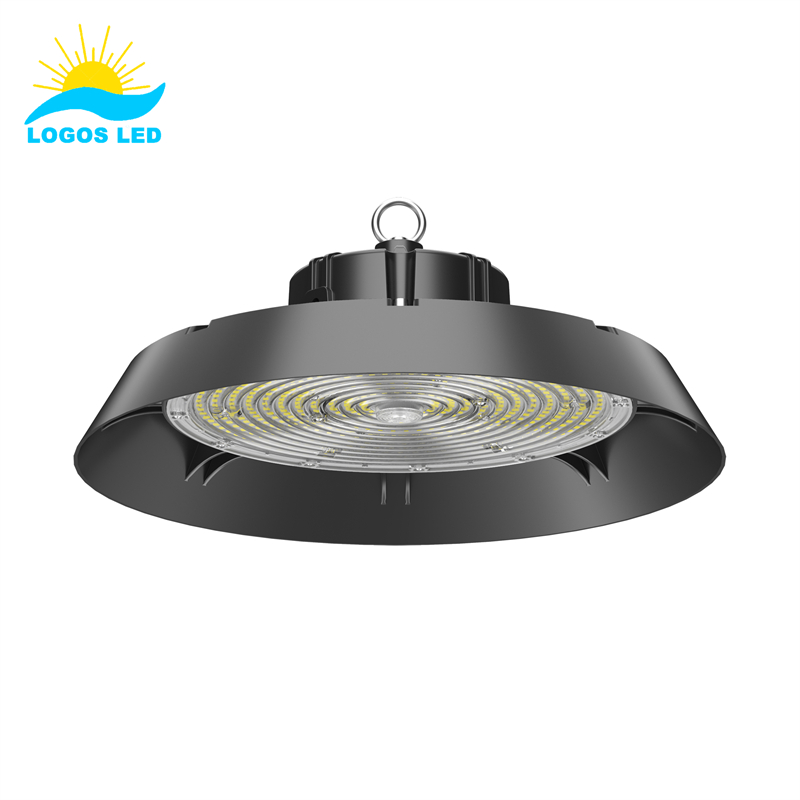
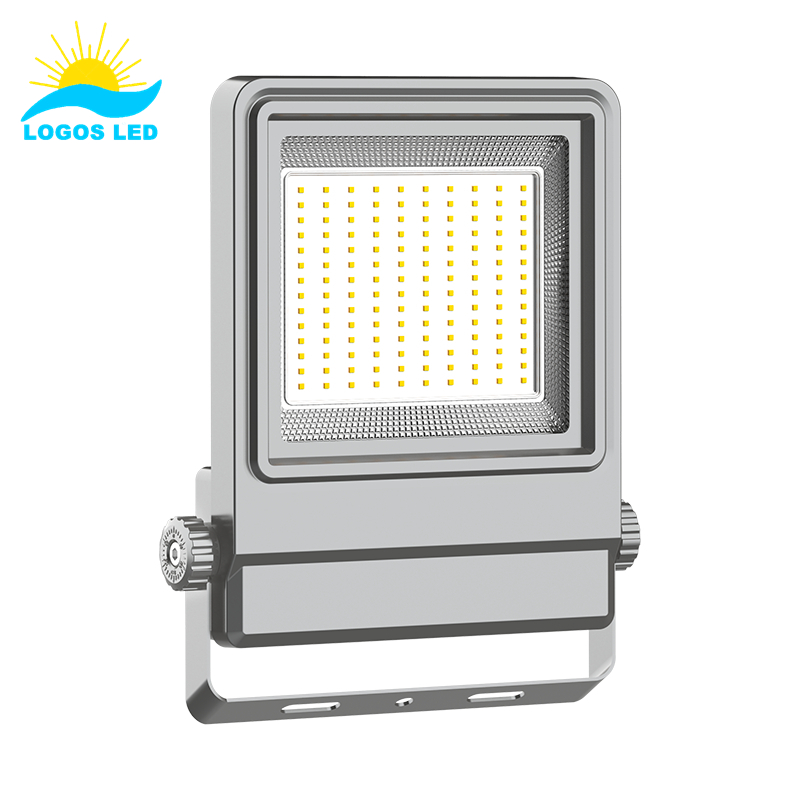

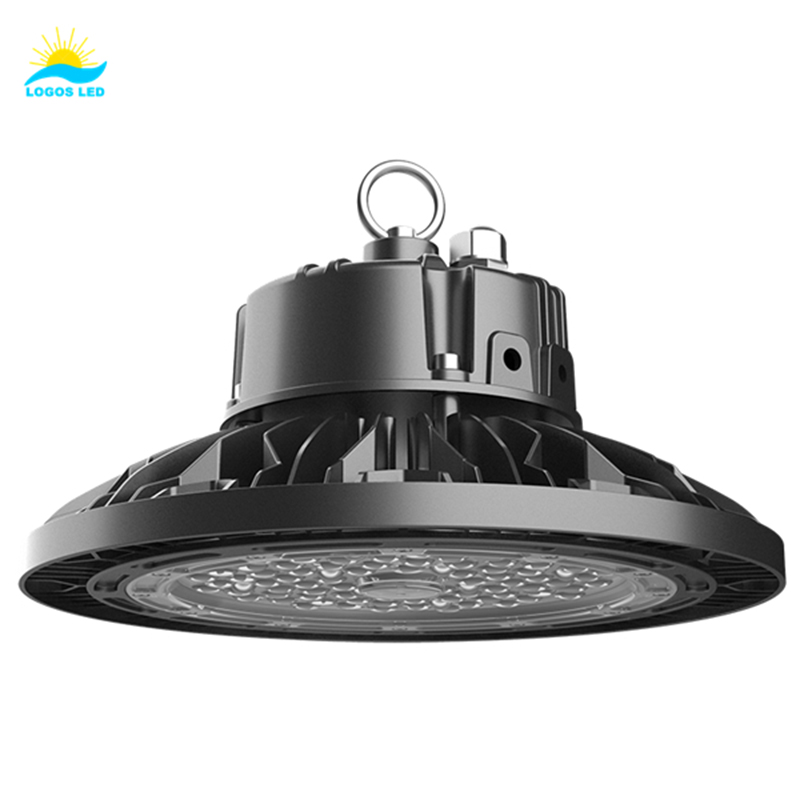
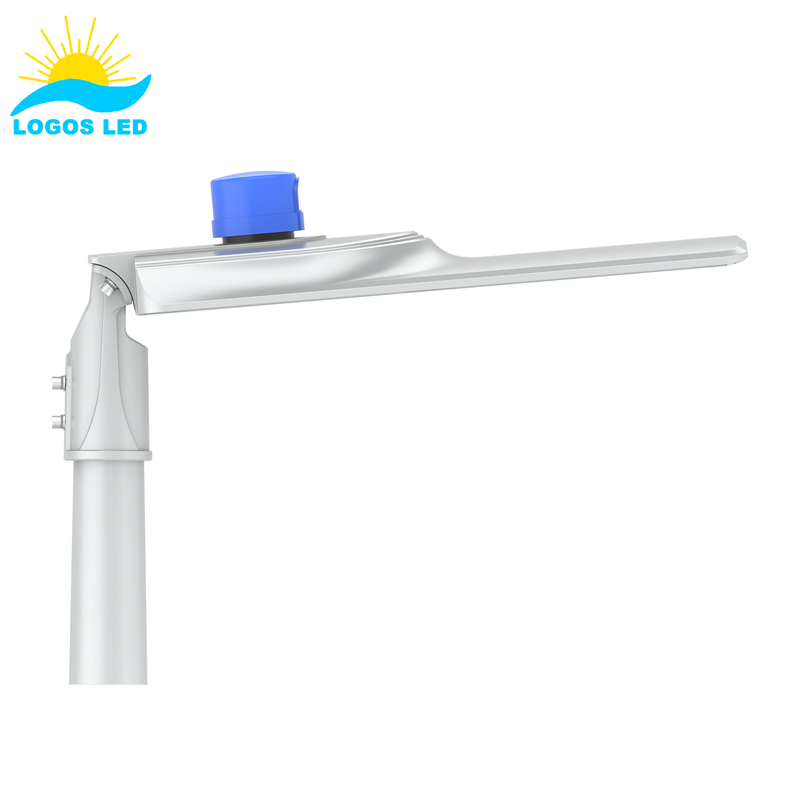

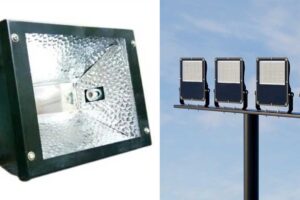
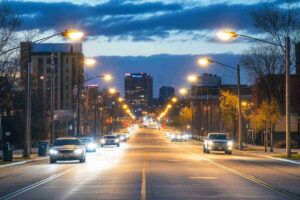

Leave a Reply
Your email is safe with us.